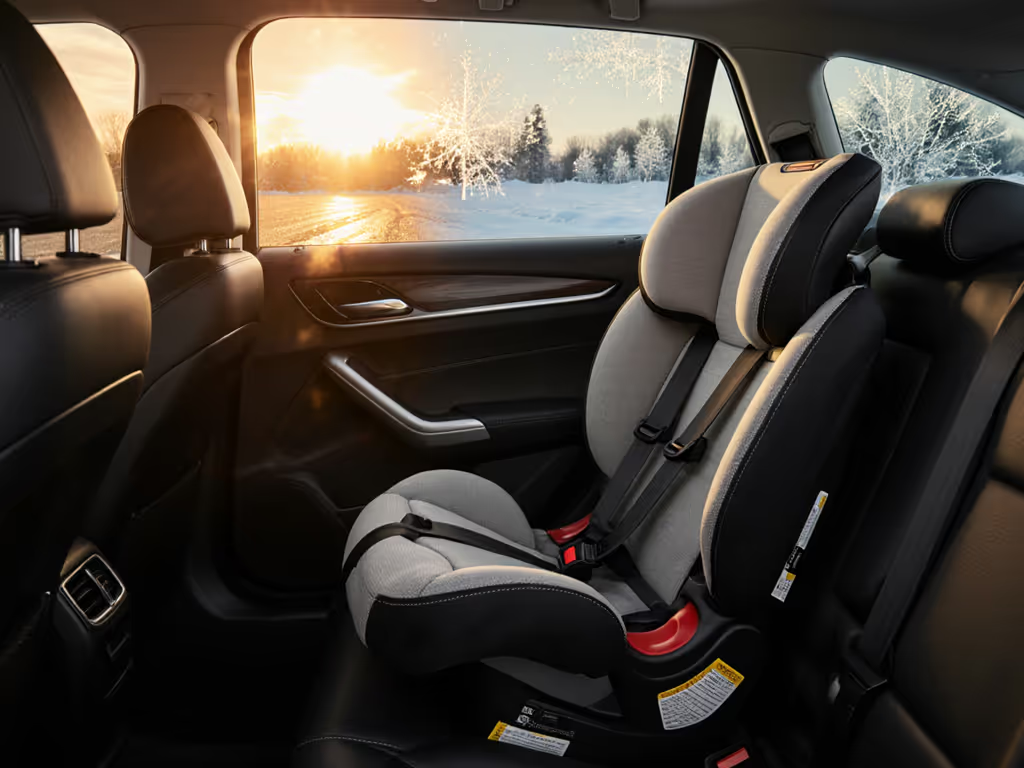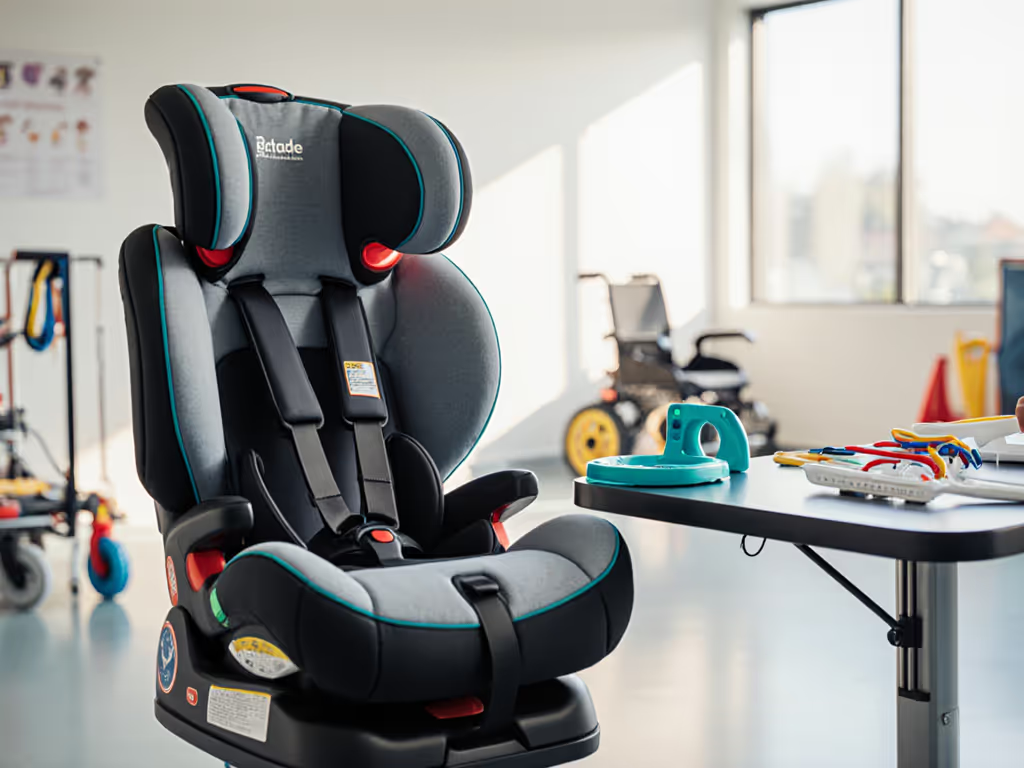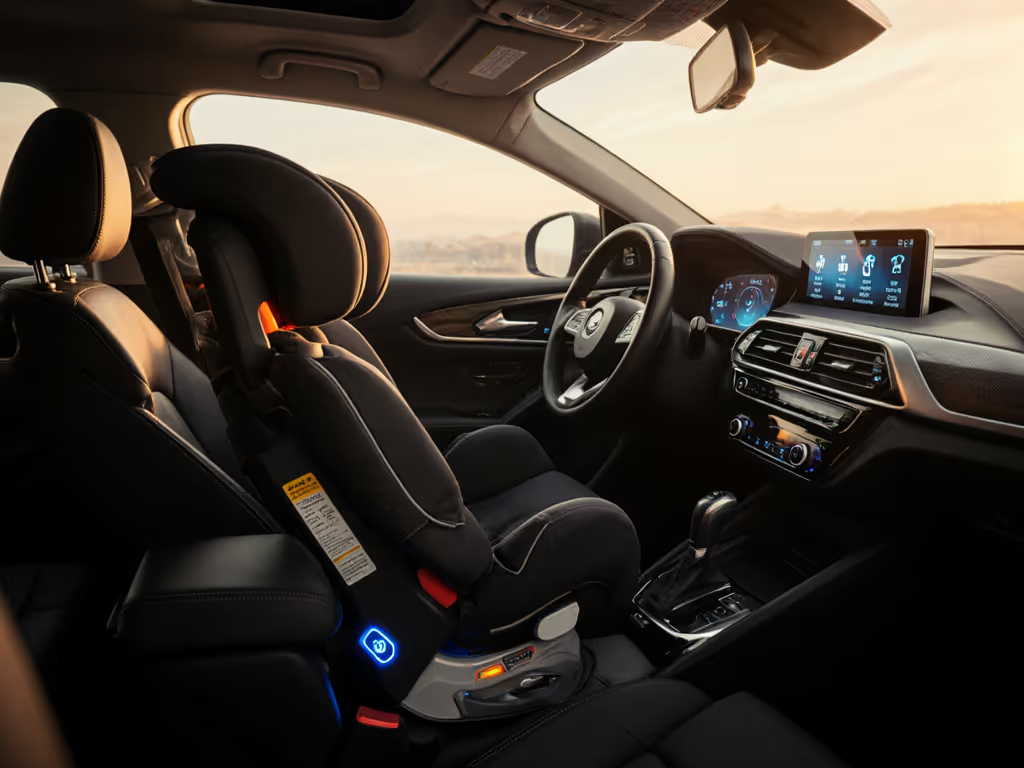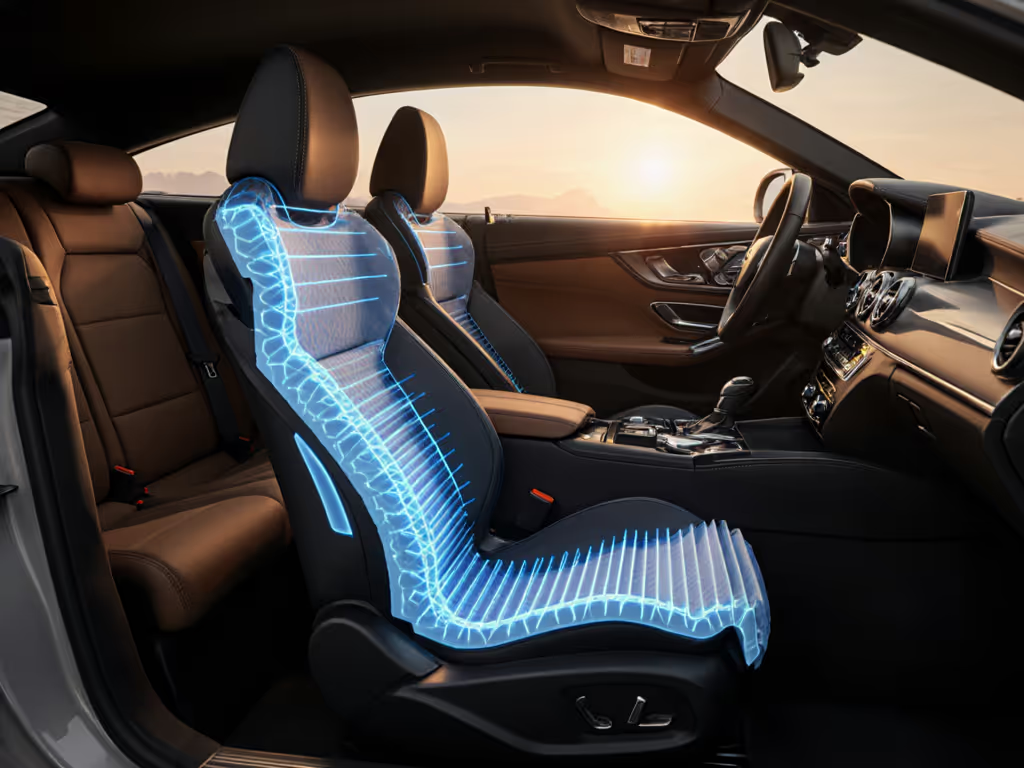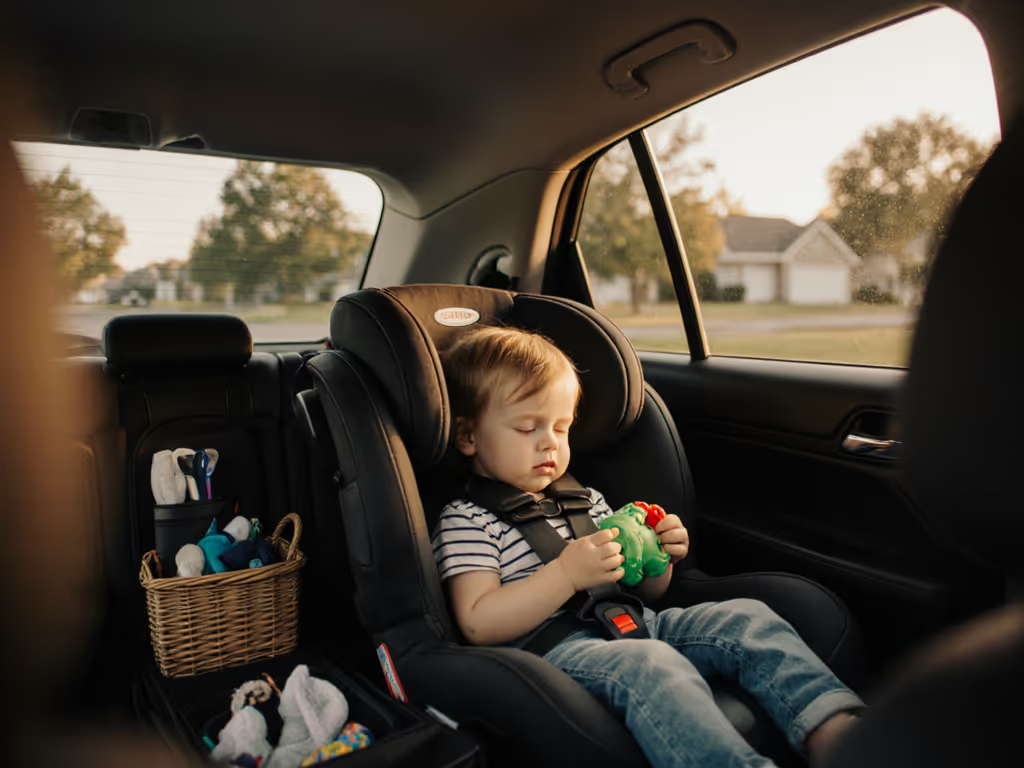
Car Seat Certification Standards Explained: What Really Matters
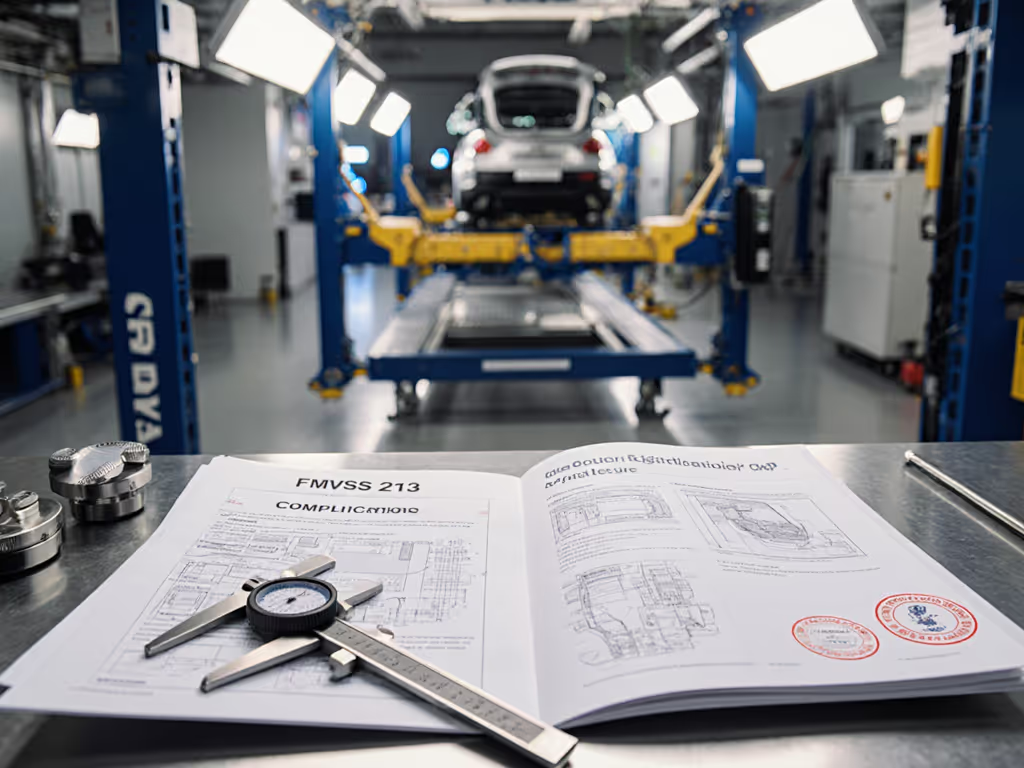
Understanding car seat certification standards is essential for child passenger safety. Federal regulations ensure seats meet baseline crash protection, but labels and testing protocols often confuse parents. This FAQ decodes what matters beyond marketing claims, focusing on measurable safety benchmarks[1][3].
What federal standards must car seats meet?
All car seats sold in the US must comply with Federal Motor Vehicle Safety Standard 213 (FMVSS 213), regulated by the National Highway Traffic Safety Administration (NHTSA)[1][3]. These standards mandate:
- Crash performance tests simulating 30 mph frontal and side impacts
- Labeling requirements with specific wording, font size, and safety information
- Inversion testing for aircraft certification (excluding booster seats)[1].
How do I verify compliance?
Check for the certification label (typically sewn onto the seat shell) with these non-negotiable elements:
- The exact phrase: "This restraint system conforms to all applicable federal motor vehicle safety standards"[1]
- Manufacturer contact details
- Date of manufacture[1]. Absence of this label indicates non-compliance. Always purchase from authorized US retailers, since third-party marketplace sellers may distribute uncertified seats[1].
What's the difference between CPSC and NHTSA standards?
While both agencies regulate child safety products, their roles differ:
| Agency | Scope | Relevance to Car Seats |
|---|---|---|
| NHTSA | Vehicle-integrated safety | Sets FMVSS 213 for crash performance and installation |
| CPSC | General product safety | Handles recalls for defects unrelated to crash standards |
FMVSS 213 remains the critical benchmark for crash protection[1][3].
Do testing protocols differ by seat type?
All seats undergo identical frontal and side-impact simulations using crash-test dummies representing various ages[1][3]. Key evaluation metrics include:
- Head excursion: Distance the dummy's head moves forward
- Chest acceleration: Force exerted on the chest
- Retention systems: Whether harnesses or buckles stay latched[1].
Why avoid non-compliant or used seats?
Uncertified seats may lack energy-absorbing foam, reinforced structures, or reliable harness systems[1]. Used seats add risks:
- Unknown crash history (microfractures compromise integrity)
- Faded/missing labels preventing recall checks
- Degraded materials from UV exposure or cleaning chemicals[1].
Beyond Certification: Best Practices from CPSTs
Certification is the baseline, not the endpoint. Child Passenger Safety Technicians (CPSTs) emphasize these evidence-based priorities[2][7][10]:
Fit Geometry Over Marketing Claims
Longevity lives in harness height and shell depth. Measure your child's seated torso height (shoulder to hip) against the seat's:
- Harness slots: Top slot must be at or above shoulders (forward-facing) or at/below (rear-facing)
- Shell depth: Prevents head excursion when rear-facing[10]. Percentile-aware charts show that seats with 17.5"+ top slots and 28"+ internal height accommodate 95% of children to age 5+[10].
Vehicle Integration Factors
A certified seat underperforms if incompatible with your vehicle. CPSTs analyze:
- Belt path angle relative to vehicle seat contours
- Tether anchor accessibility
- Recline angle stability on sloped seats[2][10].
"The best seat fits the child, the vehicle, and the caregiver's use habits (not just certification labels)." [2]
Installation Consistency
NHTSA reports 46% of seats are misused. For step-by-step, vehicle-specific tips on LATCH and seat belt installs, see our vehicle-tuned installation guide. CPSTs document installations using standardized checklists like the National Digital Car Seat Check Form (NDCF)[2][3]. Key focus areas:
- Habitual harness tightening (prevents 4" of slack at collarbone)
- Chest clip alignment at armpit level
- Lock-offs correctly securing seat belts[2].
Key Takeaway: Trust Geometry, Not Hype
Prioritize seats with transparent torso-height capacities and verifiable vehicle-fit data. Certification labels ensure baseline crash protection, but a seat's real-world longevity hinges on harness-slot height and shell depth that match your child's growth curve and vehicle constraints. For confirmation, schedule a free inspection with a CPST[3][10].

